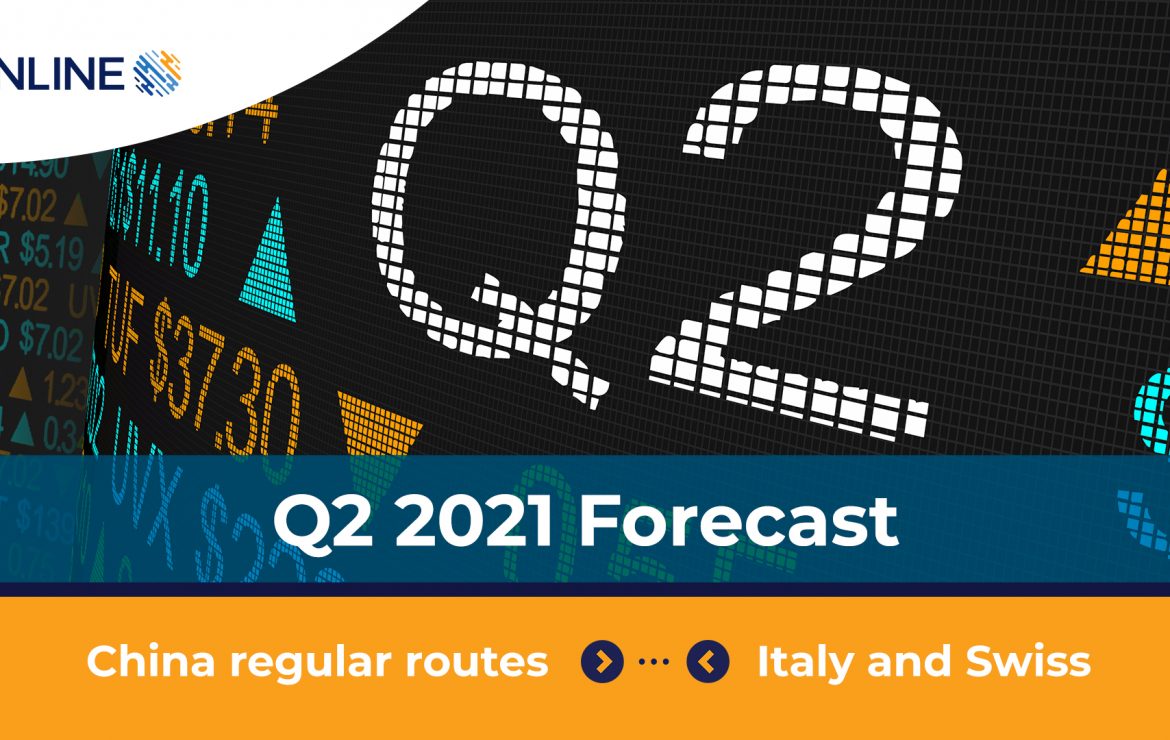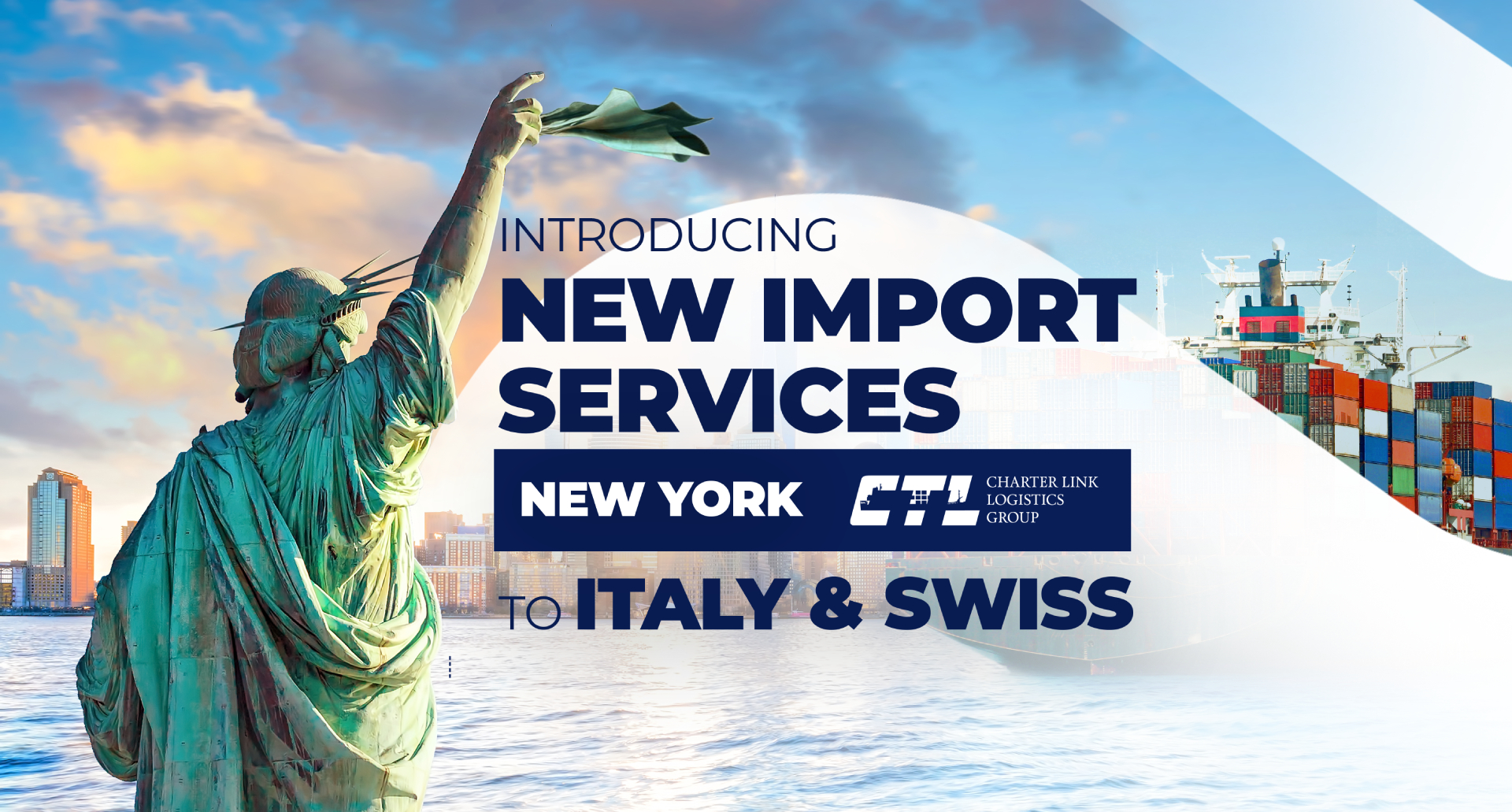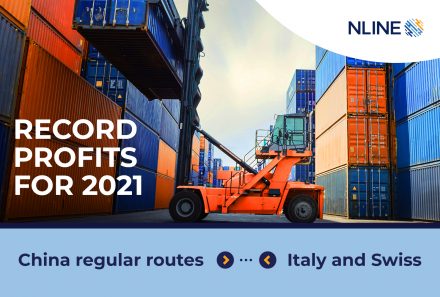
Q2 2021 Forecast
Usually the slowest period of the year in trucking industry is the first quarter (Q1), but not in 2021. US imports and increased industrial output kept the pressure on truckload and less-than-truckload capacity in January and February. Those factors, and a slow rollout of the COVID-19 vaccines, have kept rates rising. Shippers and carriers are coming to grips with rising costs in contract negotiations. Now than ever the shippers need a high-level cooperation to service the customers under the prices that can afford.
End consumers in B2C and B2B environments now have huge expectations around the arrival of imported goods. Shippers and their logistics service providers are grappling with a new reality: Approximate timeframes simply don’t work with today’s “I want it asap’’ consumer mindset. The importers and the intermediaries that cater to them need to stitch together visibility and analytics tools that help them determine where and when containerized goods are likely to arrive, not just at a port or near-port facility, but in the customer’s hands. As such, the “promise date” is becoming the de facto metric for companies to measure their international logistics performance.
After unpredictable 2020, the multipurpose and heavy-lift fleet is charting its 2021 course ahead of an energy transition that will require rethinking many long-held assumptions. A green recovery is now accelerating the global push to decarbonize energy sources, but what does this mean for project and breakbulk carriers? What can shippers and service providers expect to see in terms of trade lanes, available capacity, and freight rates?
Recent metrics on trucker wait times, container dwell times, the number of ships in harbour, and chassis availability have generally plateaued, suggesting that conditions are not improving materially, but not getting worse.

How long the congestion continues will depend largely on import volumes between now and the beginning of the peak season in August.
Anticipating record sales in 2021, retailers expect US containerized exports will increase 20 % or more each month through June, albeit from unusually low import volumes last spring.
Increased vaccinations for longshore workers and other essential workers are helping ease labour shortages.
Terminal operators expect to experience the current level of congestion for several months.
The resurgence of COVID-19 has set back the recovery across Western Europe, with national economic performances showing considerable variation due in large part to differences in the timing and breadth of activity restrictions. Vaccination rollouts are progressing, particularly in the United Kingdom. A widespread easing of containment measures in the second quarter should lead to a growth spurt in mid-2021. Inflation is picking up in the near term, led by energy prices, with some pipeline price pressures for goods becoming evident. Still, central banks will look through these largely transitory effects and maintain highly accommodative policies.
A greater balance between demand and supply will return over the next two years, with demand slowing to 4.9 percent in 2022 on top of capacity growth of 3.2 percent, and demand falling to 3.1 percent in 2023 when capacity will grow 2.1 percent.






